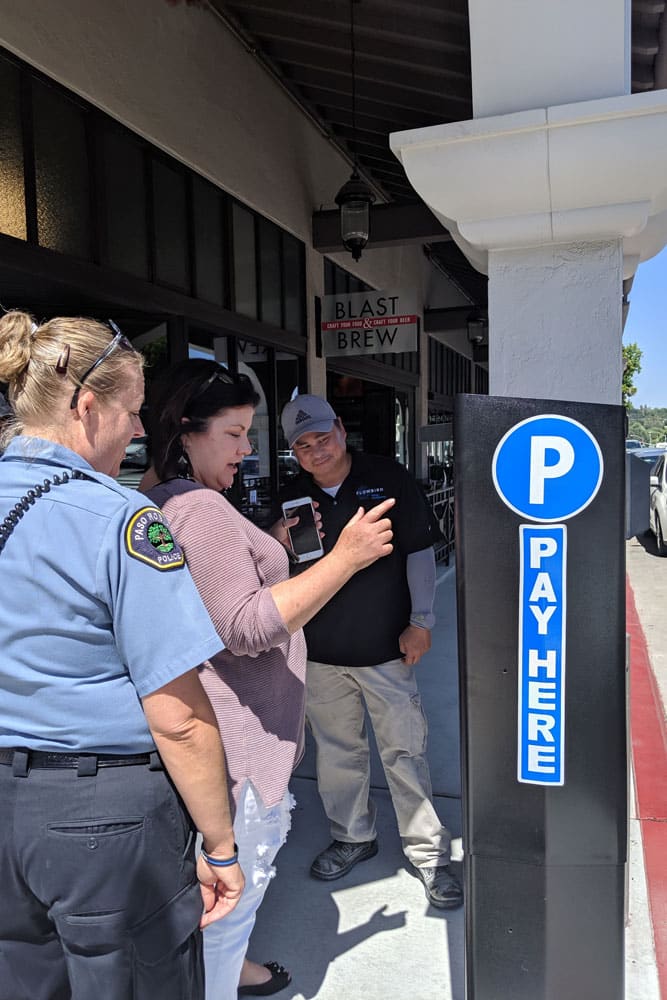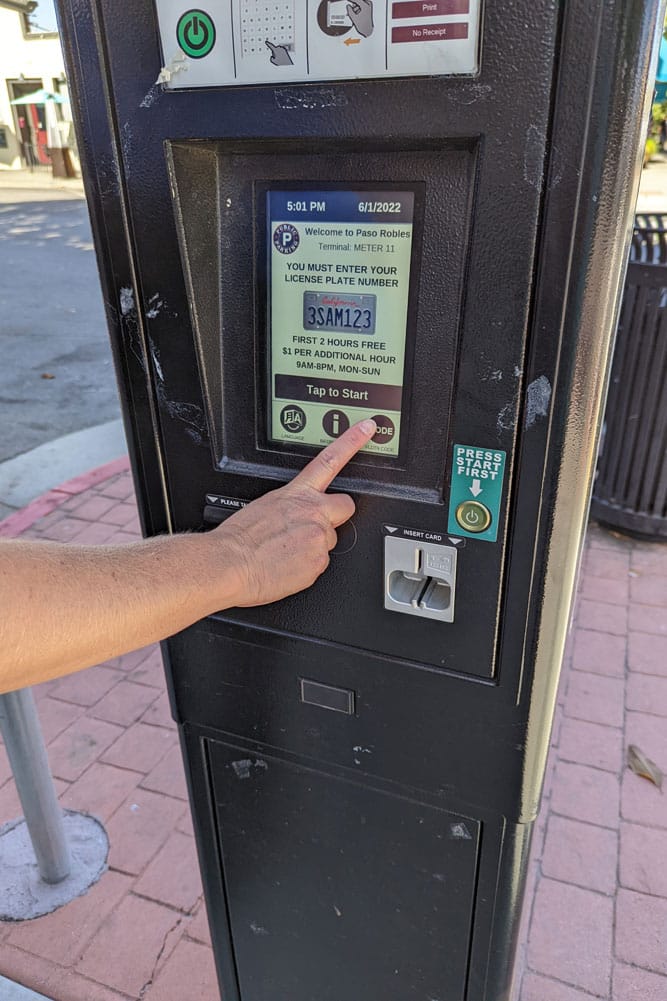Mobility & Tech
Mobility & Tech
The Driving Force of Parking Data
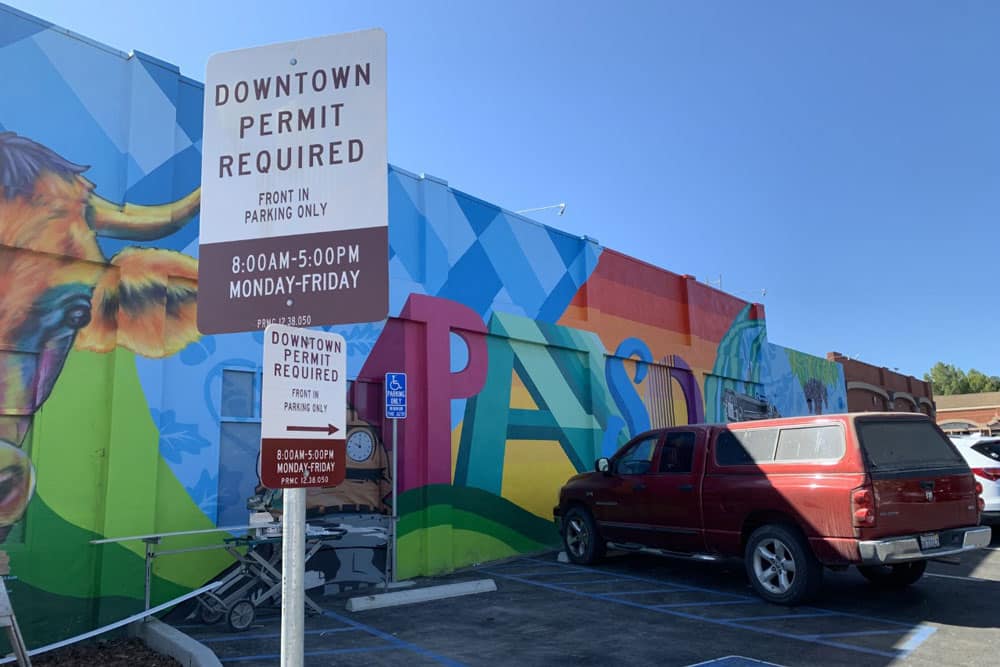
As recently as 2018, the City of Paso Robles, California didn’t have a single on-street time limit or parking meter. The parking municipal codes hadn’t been updated since the 1950s, and the last attempt at paid parking in the early 1980s resulted in a team of cowboys riding into the downtown and roping the meters, wrangling, and dragging them from the ground.
Over the years, three different parking studies were completed with three different consultancies. Despite the samplings of data and consistency in recommendations, the parking program remained stagnant. The community demanded more and more data to decide how to move forward, so the City had to get creative with how to monitor ongoing parking trends without breaking the bank.
The City’s unique approach to ongoing data collection using license plate recognition (LPR) ultimately became the driving force behind a series of policy changes. Their approach was both cost effective and efficient enough to provide a wealth of ongoing information to be used for transparent community outreach and policy decision-making. As a result, in the span of less than one year, Paso Robles went from having no parking restrictions to successfully introducing parking permits, pay stations, mobile payment, and merchant validation. LPR data collection results were consistently shared with the community, which helped demonstrate the true parking challenges and generate support for policy changes.
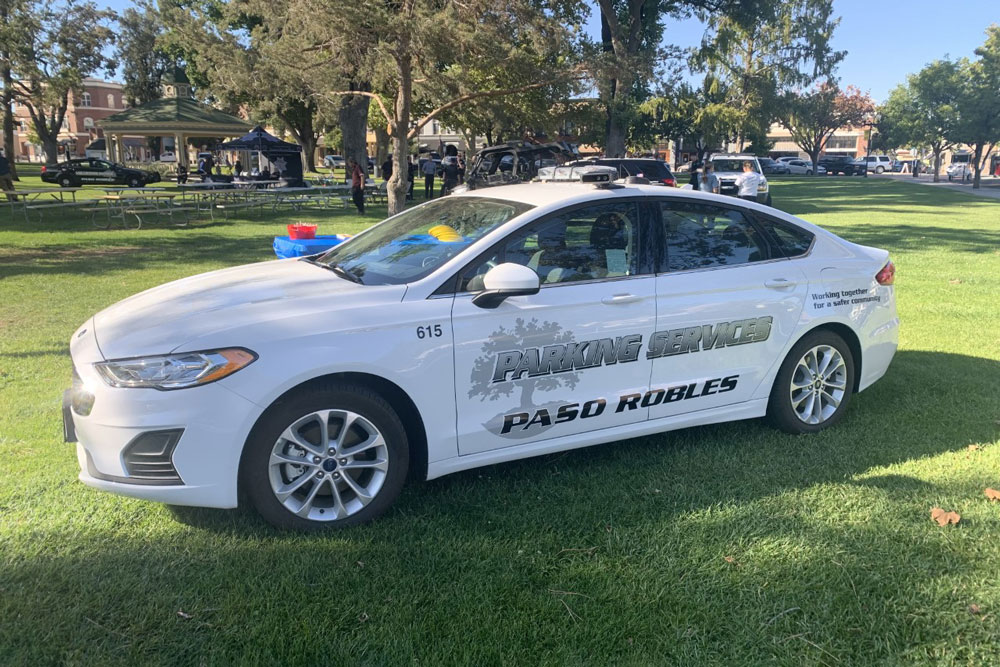
Based on initial surveys and data collection, it became clear that changing employee parking habits could substantially increase on-street parking availability for customers. The business community staunchly believed that education and incentives alone could convince employees to park off-street, so the City embarked on a voluntary compliance-based pilot in the hopes of avoiding the need to implement on-street policies altogether. This provided a unique opportunity to innovate, and more specifically, find a way to build a customer-first parking solution. The goal was to ensure that local business owners and residents, whatever the outcome, became advocates of the preferred solution.
The City embarked on this innovative employee parking permit pilot program, collected data, and conducted a wide-ranging stakeholder engagement campaign to test the merits of voluntary compliance. Employees with permits were guaranteed an off-street parking space and were asked not to park on-street (despite there being no policies technically preventing them from doing so). The City’s Parking Ambassador, Donna King, led the community outreach and data collection efforts to support the pilot.
Creative stakeholder engagement strategies were essential for educating the public and generating broad community support for the new program. The City targeted more than 40 businesses and business owners that involved a consistent presence in the community to guide residents, merchants, and other downtown advocates through ongoing changes. To ensure consistent engagement with the community, the City established a steering committee made up of representatives from downtown businesses, community groups, and City staff. This group provided balanced perspectives and helped craft recommendations to best suit the unique needs of Paso Robles.
The timing of the permit program launch was particularly important due to the approaching December holiday shopping season. Business owners and employees were motivated to improve the customer parking experience. Beginning in November, the City sold employee parking permits for a nominal fee of just $5 a month in several off-street lots surrounding the downtown business district.
The use of LPR cameras for data collection allowed the City’s consultant team to transform the raw data into valuable parking metrics including parking occupancy, turnover, and re-parking trends. This was an innovative approach that leveraged the City’s mobile and handheld LPR systems also being used for parking enforcement. Permit program participation was monitored throughout the six-month pilot, and vehicles that were consistently observed on-street multiple days per week were assumed to be employees. While the program had high participation at the outset, utilization trends showed that employees continued to park in the unregulated on-street spaces in front of downtown businesses, despite low permit costs, guaranteed parking spaces with a permit, and ongoing education and outreach efforts.
The results from the pilot program informed the community that much to their chagrin, the voluntary-compliance approach was simply not an effective solution. Finally, there was support for introducing on-street policies to increase parking availability, alleviate management concerns, and free up convenient parking to customers. However, the business community was torn between time limits and paid parking policies.
The City Manager proposed a unique on-street solution that would provide the benefits of a time limit with additional flexibility in the form of paid parking. This unique model, now referred to as a Customer Value Model, provides two hours of free on-street parking per day per license plate number, followed by a $1 per hour pay-to-stay rate. This innovative approach to on-street parking was completely new and relied upon a collaborative effort with the City’s parking technology vendors to execute. The entire solution was designed to be license plate-based to allow the City to monitor free parking time, enforce (and collect data) with LPR, and provide opportunities for unique validation and incentive programs.
The Customer Value Model for paid parking is the ideal blend between time limits and paid parking. This innovative approach, combined with the extensive amount of data collected during the pilot, allowed City Council to hopscotch over traditional on-street policies and implement a solution tailored to the community’s priorities. This unique rate model supports the relationship between downtown businesses and patrons, allowing visitors to enjoy the historic movie theater, restaurants, and shops all in one affordable visit.
The City’s parking program continues to be managed by the Police Department. Commander Caleb Davis oversees the program and works closely with the Parking Ambassadors to monitor for compliance and continue to collect data with LPR. The program supports economic development in the City’s downtown core through the increased availability of on-street customer parking for local businesses while providing ample and convenient parking for employees. The program was accomplished by leveraging key technology vendor partnerships, and the program continues to be operated to support affordable permit rates and customer convenience for everybody who visits downtown. In less than a year, the City built an effective parking program, improving the overall quality of the downtown through innovative parking management and data-driven decisions.
-
Emily Kwatinetzhttps://parking-mobility-magazine.org/author/emily-kwatinetz/December 5, 2022

The Digital Tsunami is Here
How Data Standards are Shaping the Future of an Interconnected

Beyond Plugs
How Wireless Charging Technology is Revolutionizing Electric Public Transportation
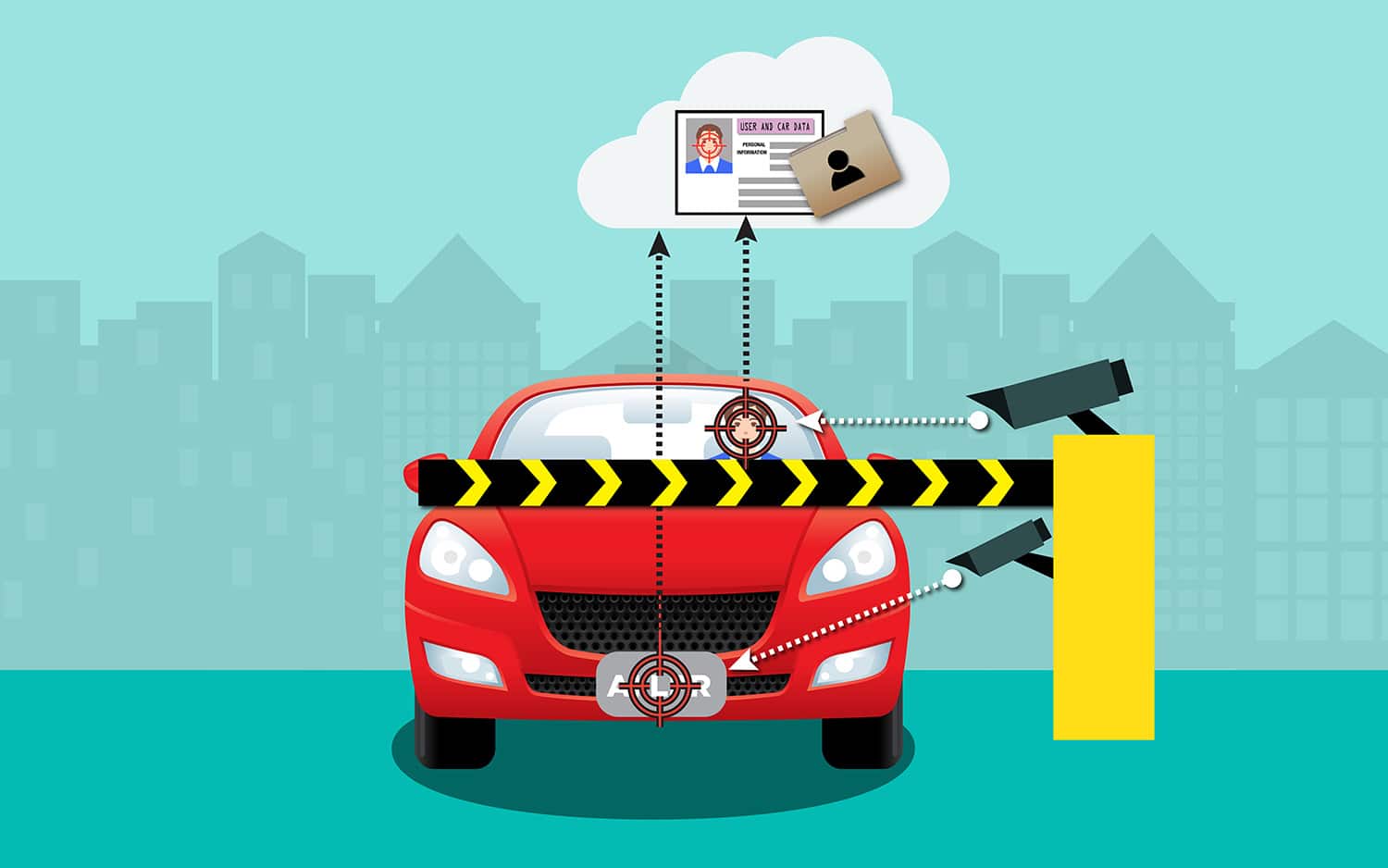
Driving Innovation
The AI Powered Evolution of Parking


